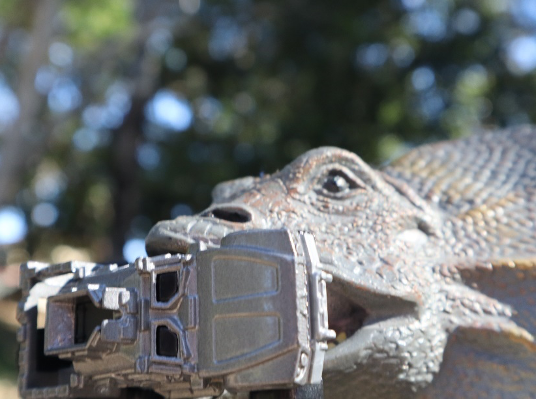
Digital Imagery: Multimodal composition and creativity
As part of our larger study into Sensory Orchestration, participating students worked with Mark Williamson from Big Picture Industries to explore the multimodal possibilities of digital photography. This offered them the opportunity to partake in rich learning experiences that directed their focus towards their surroundings, uncovering the intricacies of design and art within photography using DSLR cameras and iPads.
 Photo by Jeremiah Lawrence on Unsplash
Photo by Jeremiah Lawrence on Unsplash
Weaving and Textiles
Interwoven with one of the photography workshops, students embraced DSLR photography to complement a classroom unit in visual arts, with a particular focus on textiles and weaving. Students had the opportunity to apply the principles of textile weaving into their photography, employing inventive photography techniques to craft images that resembled intricate weaves. This exercise encouraged the students to examine patterns within texts in creative, unique, and multimodal way (Harris, 2021). An example of these images can be found in Figure 1.
 Figure 1. Two examples of digital photographic images where students had explored texture, composition and manipulation.
Figure 1. Two examples of digital photographic images where students had explored texture, composition and manipulation.
Storytelling and setting a scene
In another activity, we encouraged our students’ curiosity by providing a learning experience related to their adventures in virtual and augmented reality storytelling. Students took photographs with DSLRs and iPads, with some of these images being included as scenes and settings in our students’ AR Makr story scenes. At the culmination of these activity sessions, our students took a moment to reflect upon and also critique their photographic creations with Mark Williamson, as they considered the further meanings in their photographs.
Photographic manipulation, perspectives and tangible creations
In an earlier phase of the larger study, our students also explored the concept of perspective and the effect of tangibility. They manipulated solid objects, altering proportions to make diminutive dinosaur figurines appear larger and more formidable (an example can be found in Figure 2). Subsequently, they compared these tangible creations to AR digital images that could be seamlessly overlaid into a scene, unravelling the magic of how visual perceptions of size and scale are transformed in both physical and augmented settings.
 Figure 2. Students experimented with proportion and scale.
Figure 2. Students experimented with proportion and scale.
These images serve as examples of how digital photographic techniques can be incorporated into the field of augmented reality and multimodality. It provides the opportunities for students to merge images, magnify dimensions, utilise close-ups, and manipulate perspective and proportion. This experience empowered our students to think creatively about the art of image creation and examine an entirely new perspective on framing and composition.
As consumers and also creators of digital imagery, students were challenged to think critically about the creative process behind image creation and manipulation. More about this work can be found in our final project report, Senses Together – Multimodal Literacy Learning in Primary Education: Final Project Report (Mills, Heck, Brown & Funnell, 2023). We will post about the report in our next update.
References
Harris, A. (2021). Tangled, tangy, microbial threads: Textural methods for rendering past, present, and future sensory memories. Multimodality & Society, 1(3), 266-280. https://doi.org/10.1177/26349795211042760
Mills, K., Heck, E., Brown, A., & Funnell, P. (2023). Senses Together – Multimodal Literacy Learning in Primary Education: Final Project Report. ARC Future Fellowship. Institute for Learning Sciences and Teacher Education Australian Catholic University.
